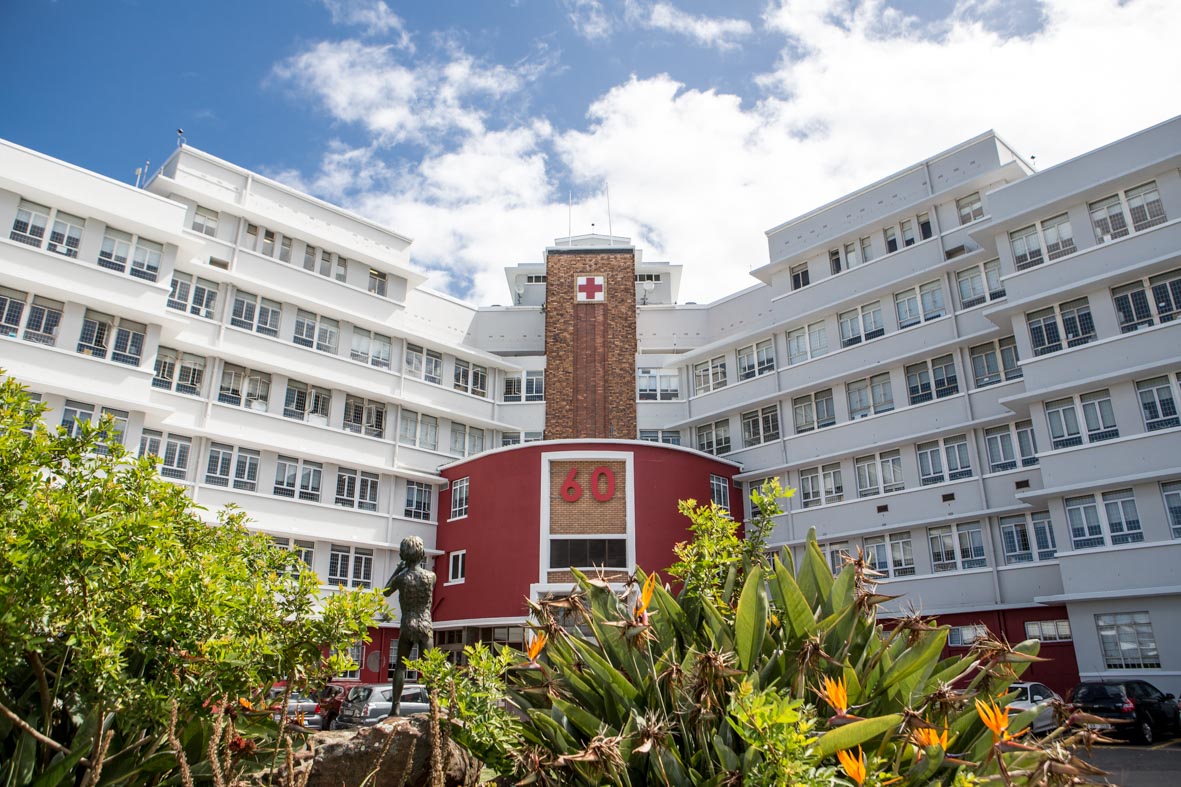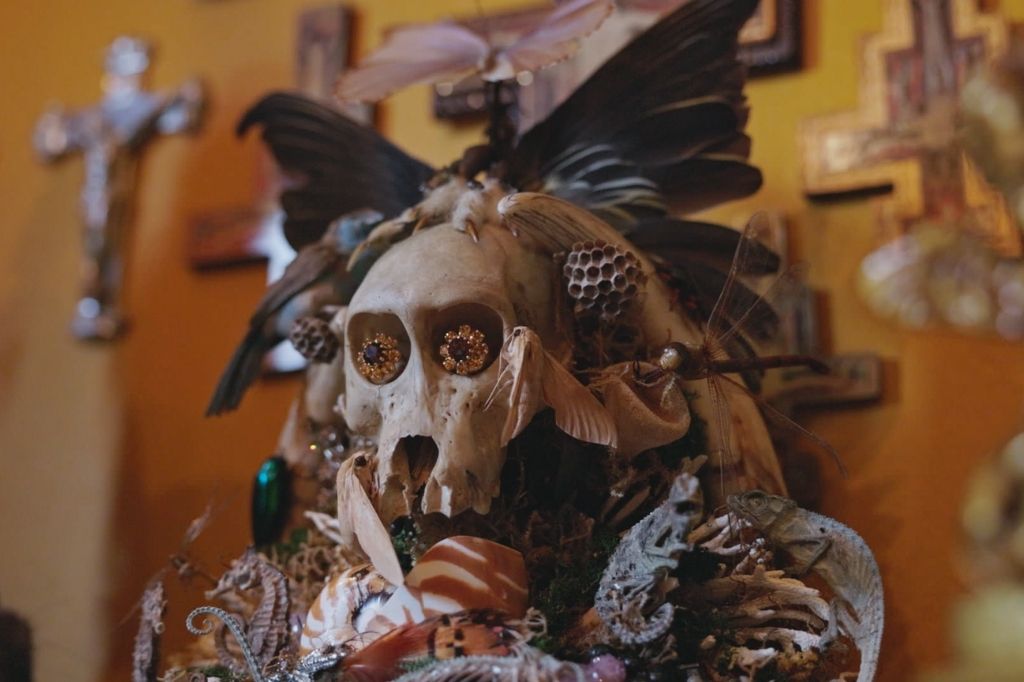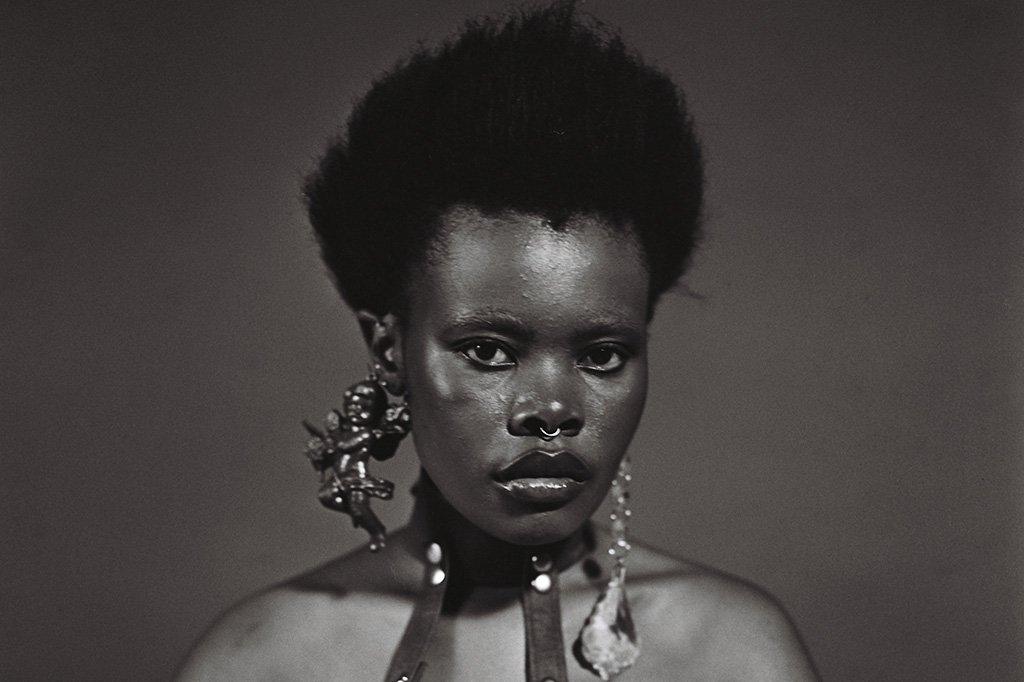Wouter Van Warmelo has documented the kids who visit Red Cross Children’s Hospital for more than ten years. While no parent wishes to see their kids in the hospital, it’s an incredibly difficult time for many of them and sometimes even their final moments with their children. Wouter’s work is an essential part of the hospital’s family support program, and together with Orms and Canon, Wouter provides these families with invaluable keepsakes. We sat down to chat with Wouter about his incredible work.
Do you mind telling us about yourself and the work that you do at the children’s hospital?
I’m Wouter van Warmelo, I’m 87 years old, and I am an amateur photographer. I’ve been doing photography on and off for many years. And I’ve been blessed with a significant project, photographing the children of Red Cross Children’s Hospital, as a community give-back project.
Together with the University of the Third Age, I started this project in 2009, with Orms coming on as a sponsor from day one. Since 2009, I have photographed over 22 000 children and, together with Orms, printed over 44 000 photographs. Up till this point, I’ve photographed the ten wards of the Red Cross Children’s Hospital. Soon I’ll also be photographing the children’s ward at Victoria Hospital as well. My process involves taking photographs in the morning, printing them out at Orms, and then returning to the hospital to hand out the photographs on the same day. But now Canon has come on board, and they’ve presented me with a camera, printer, a year’s supply of photo paper and a camera. I’ve started printing the photographs at the hospital and handing them out. It saves me the journey to town and back.

You mentioned that you’re an amateur photographer. Where did your journey start with photography?
I first started taking pictures when I was 11 years old. My father gave me a camera. I had periods where I took photographs all the time, purely for myself. There were periods when I didn’t. Around 1970, I picked up the camera properly. I’ve always had cameras but used them infrequently. I took a lot of photographs of my colleagues and the various places I worked when on deployment by the British airforce. From then on, I never stopped taking pictures.
What is the experience like photographing these kids, especially in the vulnerable positions in which they find themselves?
In the beginning, when I was still learning, I would just do one ward a day. And this slowly expanded. Seeing these kids in these situations can be quite difficult. But it’s important for me to keep somewhat of a distance. I have empathy and sympathy, but I can’t get too upset as I still have a job to do. The kids I photograph are quite sick, and sometimes I see them get better, whereas others, unfortunately, pass on. Over the years, I’ve been able to deal with it. Plus, I got something between me and the child, the camera. It gives me some form of distance.
The experience of photographing the children with their parents is a good one. And it does my ego good. To some extent, it’s a bit of an ego trip; it has to be. To make me feel satisfied that what I’m doing is good. So I make no excuse for having it as an ego trip. And to see the joy on the parents’ faces when they see the photographs I’ve taken of them and their kids; it’s really worth it. And I’m so grateful that I get to do this at my age.
What is your process when approaching parents to photograph them and their sick child?
Well, what I do is I see where there is a bed with a child and a parent present. I’ll approach the patient and their parent and explain the project and what it entails. In most cases, the parents give their consent for me to photograph them. I’ve only had two instances in the entire time I’ve been doing this where the parents opted not to have their pictures taken. Before photographing anyone, I ask the parents to sign a release form. I don’t photograph anyone without their written consent. Once they’ve signed it, I then photograph them. Most of the time, the parents really like the photographs, but if they don’t, I immediately delete them.
You mentioned that you have a way of distancing yourself when photographing these children. What would you say are some of the challenging parts of this job?
The biggest challenge is getting the parents to trust me. The support I receive from the nurses and doctors is a significant help in getting the parents to trust me. I have a great relationship with the Red Cross Children’s Hospital staff, from the Ceo to the cleaning staff.

What drives you to return to the children’s hospital and photograph the kids? What has kept you going all these years?
I don’t actually know. I just like doing it. I know it’s a valuable thing to do. It’s a good thing to do, and I’m grateful to have something as important as this in my life. What I would like to see is other hospitals doing it as well.
Having worked on this project for some time now, what lessons have you learnt over the years?
That there are lots of people who are worse off than I am. Some of them are really struggling with life. And these photographs do help. I do it because I like doing it. I think it’s a worthwhile thing to do. It provides happiness to a lot of people. Occasionally I come across somebody who, years ago, I photographed their child, and they’re still so happy they have those photographs. So it’s worth it.
What camera do you use? What equipment do you use?
When I started this program, I used the Fuji x-T10, which Orms sponsored. I’m also using a 50-230mm zoom lens. Today, I’m using the Canon RP, which Canon so graciously sponsored.
Outside of the hospital, what kinds of things do you photograph?
Anything and everything. I like photographing flowers and nature but also people doing things. I love it. I enjoy photographing people. Going back in time, I’ve got pictures of Prince Phillip when I was stationed in Canada. He was on a tour to Canada, and I went to the airbase with my camera. I was in uniform, and I had a camera, and people thought I was an official, and I got pretty close to him. But years later, he came into my office. Twice. And we argued on both occasions. He didn’t like me, and I didn’t like him. I didn’t take any photographs then. And if I can drop a name, I met his wife four days after our disagreement. She was very nice. It was in her home, in Buckingham palace. I was invited as a member of the British airforce. So I like photographing people. I find people fascinating. Until recently, I was photographing a concert series at the Baxter. Same with the symphony orchestra, I photographed them too. And aeroplanes. Lots of aeroplanes.
What advice would you give photographers who would like to do similar work as you?
I think you’ve got to be aware of people’s circumstances and be empathetic. Give them space. Give them space to say no. You’ve got to earn their trust. You can’t just blunder in and start taking photographs. I think I have an approach that makes mothers comfortable, and that helps. And there are some cases where it doesn’t. I’m just grateful that, at this point in my life, I have something as important as this. It’s a real blessing.









